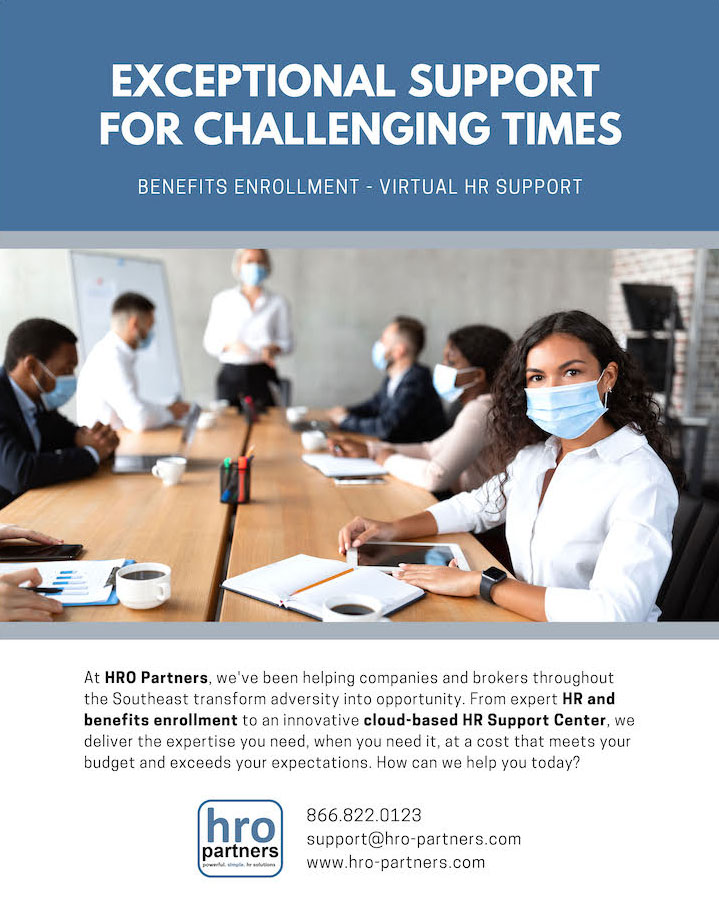By Austin Baker
Let’s start with the bottom line.
Employee benefits administration and management is a key driver of business success. A competitive benefits package helps you recruit great employees and keep them happy on the job.
The U.S. Department of Labor reports that benefits are worth 30% of an average employee’s total compensation.
With roughly 30% of revenue going to employee benefits, it pays to make sure you’re getting a good return on your investment. Without the ability to translate the value of your investment in those benefits to your employees, the resources spent are wasted.
Yet, employee benefit competency and appreciation has declined and at best remained stagnant over the past ten years. Some recent surveys show declines as much as 50-75%. Below are some of the factors that are adding complexity and contributing to this growing problem.
- More benefits administration technology options have emerged
- Insurance carriers have diversified their portfolios
- Employees are demanding more choices than ever before
- Compliance demands have increased
- Communication tools have proliferated
So with more options for technology that supports benefits communications and administration, why are statistics declining for employees’ benefits competency and appreciation? While tools and software to manage benefits administration can streamline the process of administration, technology alone will not solve for the decline in competency or employees’ appreciation of an enhanced benefits package. The solution lies in selecting the right technology, implementing it well, and building a comprehensive process and communication strategy.
Overview: What is benefits administration?
Benefits administration is the creation and management of a company’s employee benefits package to promote company goals. As straightforward as that sounds, it is incredibly challenging in practice.
The role of a benefits administrator can take on a range of responsibilities that include areas like employee retirement funds, guiding an employee through the HR implications of a family crisis, or interpreting a policy’s compliance with antidiscrimination law.
Benefits administration involves managing monetary and non-monetary benefits. An exhaustive list would be impractical (Google employees, for example, get free haircuts and spa treatments) but the following are the most common types of benefits provided:
- Health insurance (including medical, dental, & vision)
- Life and Disability insurance
- Retirement benefits such as pensions and 401(k) contributions
- Voluntary benefits, such as critical illness, hospital indemnity, whole life, & accident insurance
- Paid leave (including holiday, personal, sick, caretaker, maternity/paternity, disability, and bereavement)
- Childcare and adoption assistance
- Wellness and mental health services support programs
- Education benefits such as company-provided training, tuition assistance, and professional development support
- Commuting and transportation expenses, parking passes, housing assistance, and relocation assistance
- Work-life balance benefits such as flex time, remote workdays, casual attire, pets-at-work policies, and on-site childcare
- Food and beverage provisions, from free coffee and snacks to occasional meals to on-site cafeterias
- Entertainment benefits such as parties, trips, picnics, retreats, and game nights
- Office amenities such as standing desks, rec rooms, on-site gyms, breastfeeding rooms, and quiet spaces
- Performance recognition programs such as employee-of-the-month programs, cash awards, and honorary gifts
There is no exact magic formula to creating a benefits strategy that perfectly serves the needs of your organization, but some guidance in the process and a general roadmap for exploring the options can help simplify the process.
Selecting the right benefits technology: What is your organization’s use case?
HR technology systems make the work of administering benefits manageable. Benefits administration systems that automate labor-intensive tasks such as leave-tracking, carrier data exchanges, payroll feeds, or eligibility management can save your HR staff from hours of painstaking paperwork and free up additional resources to deliver more reliable results.
What is your organization’s HR use case? What role do you expect the vendor to play in your benefit administration process? What level of responsibility would you like them to assume, and what level of interaction do you need them to have with your employees to administer those functions? Decide what benefits criteria is important for your organization and understand how each vendor matches up to your priority list. Are you only looking for a system to streamline employee health benefits? Or do you need a system that integrates payroll functions with leave-tracking and a comprehensive benefits dashboard? Do your research and learn how each vendor performs in the areas that are the most critical to your needs.
Benefits administration systems help HR departments manage all employee benefits and enrollment, enabling HR to dedicate a greater amount of focus to their key competencies. These benefits administration solutions often provide a portal through which employees can access their benefits information. But these systems can be complicated and time-consuming themselves, and many organizations may lack the internal resources to fully and effectively deploy all the capabilities and function of the technology they have invested in so heavily. If organizations do not wish to dedicate human resources to managing a benefits system, outsourcing implementation and administration to a Benefits Administration Services Provider like HRO Partners is the best alternative. A services provider can act as a business partner and a dedicated resource for HR support, providing consulting services to help determine the optimal combination of benefits offered and cost efficiency.
Make every benefits dollar count
Benefits administration is a critical strategic function that lets you woo the talent you seek and the talent you already have. Employees who are happy with their benefits tend to be happy with their jobs, and more likely to stay in them.
With a carefully crafted benefits package and the support of a third-party administrator to help translate and communicate the value of those benefits to your employees, you can maximize the investment you are making. A benefits package that enhances the attractiveness of your organization to motivated employees and increases satisfaction among your existing workforce is a significant expense; is your organization getting the most from every benefits dollar?
HRO Partners can help evaluate and streamline your HR benefits administration services; for a demoof our services and to find out more, visit hro-partners.com or call 1-866-822-0123.

abaker@hro-partners.com
http://www.linkedin.com/in/jaustinbaker
http://twitter.com/jaustinbaker

